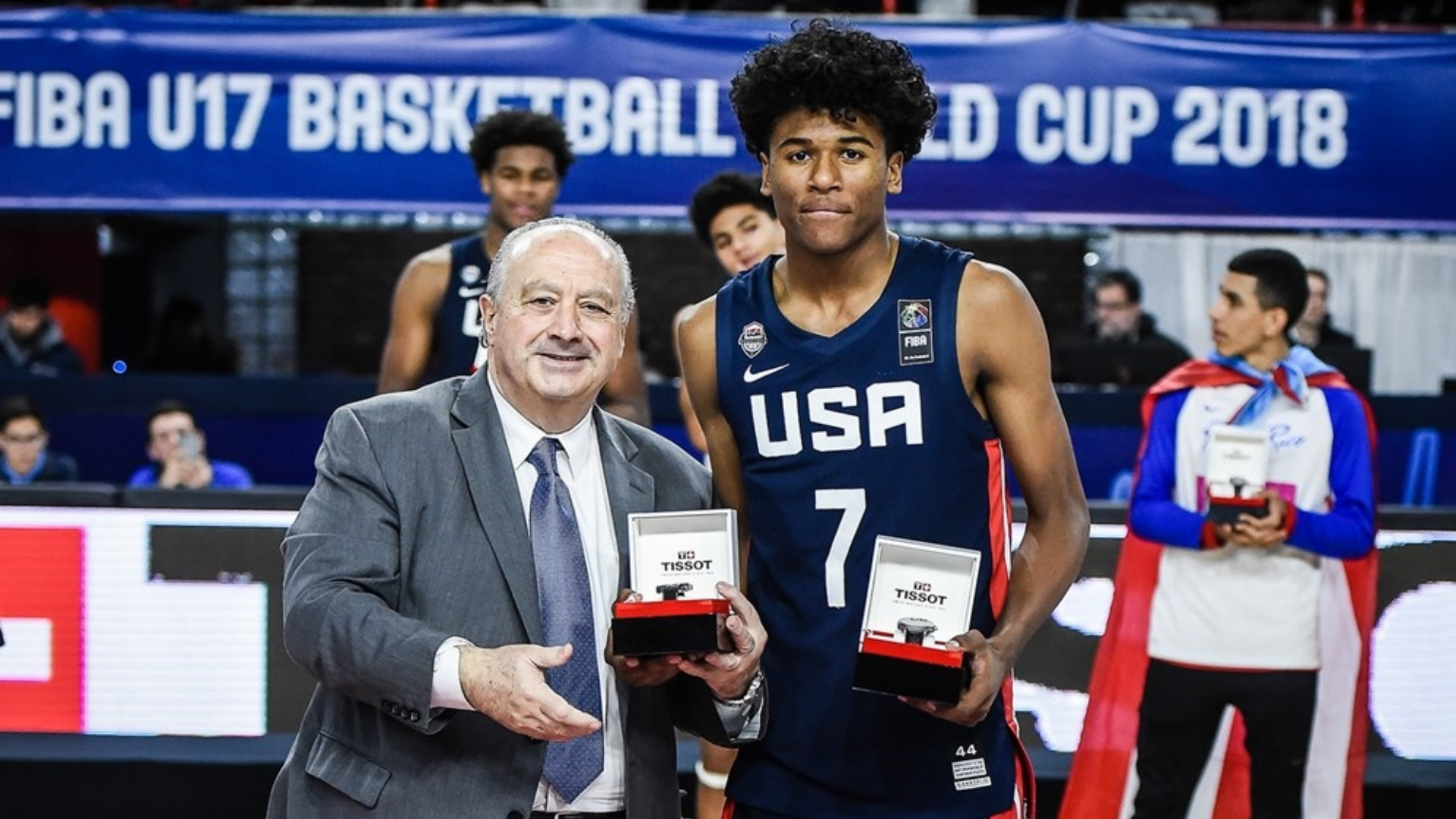The G League is the National Basketball Association’s official minor league. Consisting of 28 teams all affiliated with NBA franchises, the G League is designed to prepare players, officials, and coaches for the NBA. Each team plays a 50 game schedule, beginning in early November and ending mid-to-late March. The league began with only eight teams in 2001 and continues to expand every year, with the newest addition being the Pelican’s minor league team, the Bayhawks, who made their debut in the 2019-20 season.
But, the most significant growth that the league is experiencing is not with their teams, but instead in elite NBA prospects. In 2019, the G League announced their “Select Contract” plan, which offers a pathway to the NBA for young athletes who are at least 18 years of age but not yet old enough to enter the NBA. Players who are under select contract will not only receive extensive development opportunities but a $125,000 paycheck for the five-month season with the ability to net more through additional sponsorships.
The G League is becoming increasingly enticing for many high school athletes, and this spring, we saw one of high school’s biggest names commit to the minor league. Jalen Green, ESPN’s number one ranked high school recruit, announced his decision to enter the G League in April 2020. This move is historic, as he is one of the first athletes of his caliber to defer playing for the NCAA by attending college. If Green succeeds in his post-high school career, we could have a huge influx of elite players opting out of the NCAA to not only earn money but develop as players through an NBA-associated league.
For decades, there has been criticism of how the NCAA conducts its business. The NCAA has made billions of dollars on college basketball alone, with the players and their families not ever seeing a cent. There is a severe penalty for any and all student-athletes, as well as their schools, who profit off of their game. Although the G League does not offer the opportunity to play under bright lights or participate in NCAA’s March Madness, it treats its players as partners rather than pawns. Players who see the NBA as their ultimate end goal are now considering another option, deeply contesting the traditional college route.
While Jalen Green is one of the first top-level athletes to choose the G League, he is not the only one to go down an alternative professional pathway. LaMelo Ball, this year’s third NBA draft pick, turned down the opportunity to attend UCLA to instead relocate to Australia and play for the Illawarra Hawks. Earlier in his career, at the age of 16, he played in Lithuania and was the youngest American player to play overseas. His unconventional choices and the success they have produced thus far have undoubtedly influenced young athletes like Green to look beyond the typical NCAA experience.
Players who have been called up from the G League to the NBA speak to the success of the minor league, especially in the development of players. Recent Finals Champion and Oklahoma City guard Danny Green, Atlanta center Clint Capela, and New Orleans guard Erc Bledsoe are among some of the elite players who have spent time in the G League.
The NBA’s minor league has not always been given the amount of legitimacy it deserves, and up until recently, it has not presented itself as an option for high school players looking to the NBA. However, with the greed of the NCAA becoming more and more apparent, many young athletes are looking to participate in an organization that not only gives back to them but prepares and develops them for the game-style of the NBA.
For more visit Talking Points Sports.

















